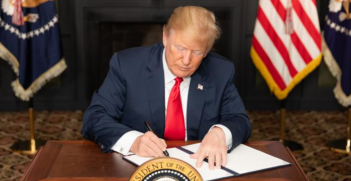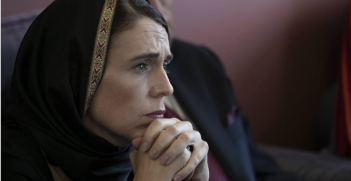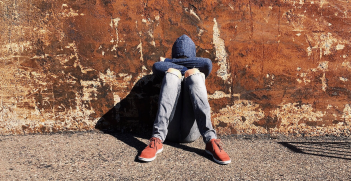Building Peace in the 21st Century
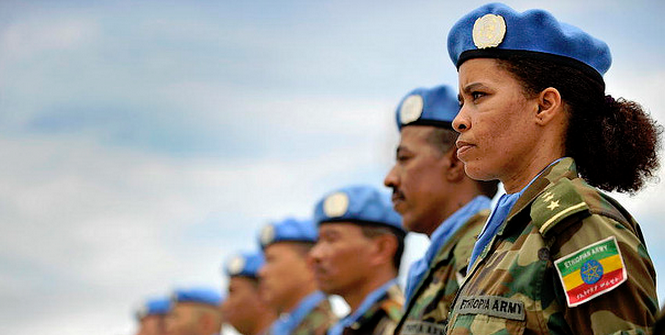
As we prepare to celebrate the International Day of Peace on September 21st, there is reason for concern.
The long term trend of increased peacefulness the world has enjoyed over the past 60 years is at risk: the Global Peace Index has highlighted a decrease in global average levels of peace since 2008. There were more direct conflict deaths in 2014 than at any time since 1989. One person in every 122 is now a refugee, internally displaced, or seeking asylum. Fatalities due to terrorism have increased by over 350 percent since 2001.
This fragility is widespread, with the Institute for Economics and Peace (IEP) finding that 2 billion people live in the 20 least peaceful countries. Meanwhile, the global economic impact of violence reached $14.3 trillion last year, with the biggest impact being in the least peaceful countries, highlighting the effects of violence on development.
But there is also reason to celebrate.
At the end of this month, member states will meet at the United Nations to formally adopt ‘The 2030 Agenda for Sustainable Development’ making peace, finally, a formal part of the development agenda. The conceptually broader and transformative set of goals (known as Sustainable Development Goals) that will replace the Millennium Development Goals as of 1 January 2016, include a goal on peace, Goal 16, that reads: ‘Promote peaceful and inclusive societies for sustainable development, provide access to justice for all and build effective, accountable and inclusive institutions at all levels.’ On top of this, peace has also been recognised as one of the five key cross-cutting issues in Agenda 2030 along with people, planet, prosperity and partnership.
This is a ground shift from only a few years ago. Although building peace was the premise upon which the United Nations was established back in 1945, it has been exceptionally difficult to get agreement on broad based programs on the theme. While this is a welcomed development, the job of campaigners, peacebuilders, NGOs and government representatives involved in this process is far from done. As countries will be tasked with setting their own targets and benchmarks for each goal, it will be vital to identify targets that go beyond reducing violence. Let me explain.
A focus on violence helps us to understand violence and how to halt it. But in order to build sustainable peace, we need to do more than stop violence. We need to understand all aspects of peacefulness and build the drivers of peace. Much like in the medical science, we need to not only study what went wrong, we need to understand what is working and replicate it.
This is where a differentiation between negative and positive peace becomes key. Negative peace is the absence of violence. It is what the Global Peace Index measures to track the actual levels of peace and violence in countries around the world. Positive peace is its counterpart, defined as the attitudes, institutions and structures that underpin peaceful societies. Positive peace tells us what works.
As such, positive peace provides a framework to understand and then address the multiple and complex challenges the world faces. Without the appropriate measures and understanding of the factors that support peace, it is not possible to know what policies work, what programmes need to be implemented, when, how and where. Practically identifying what resources this effort requires is complex and calls for a shift to new ways of thinking about peace.
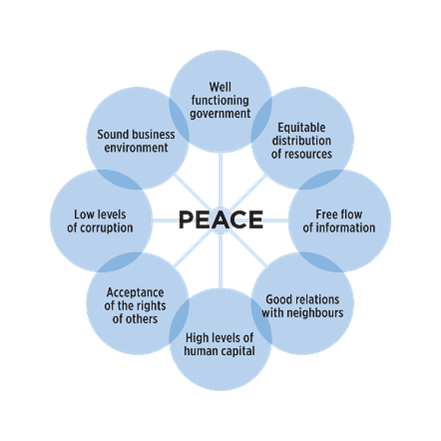
The eight factors of positive peace identified by IEP’s statistical analysis of over 8,000 datasets.
The research carried out by IEP has identified eight factors of Positive peace. IEP constructed the Positive peace framework by reviewing the best available data on social characteristics and the current literature on drivers of violent conflict, resilience and peacefulness. It tested thousands of different indices, datasets and attitudinal surveys to identify the factors that have the strongest, statistically significant relationships with peacefulness.
In the 21st century, let’s not limit our ambitions to stopping violence, let’s engage in building peace.
Camilla Schippa is the Director of the Institute for Economics and Peace. She was a member of the UN’s expert reference group for the Global Consultation on Conflict, Violence and Disaster in the Post-2015 Development Agenda. This article can be republished with attribution under a Creative Commons Licence.



